UAE researchers unveil text concealed beneath gold leaf of Blue Qur’an
Advanced imaging uncovers new insights into ancient manuscript production techniques
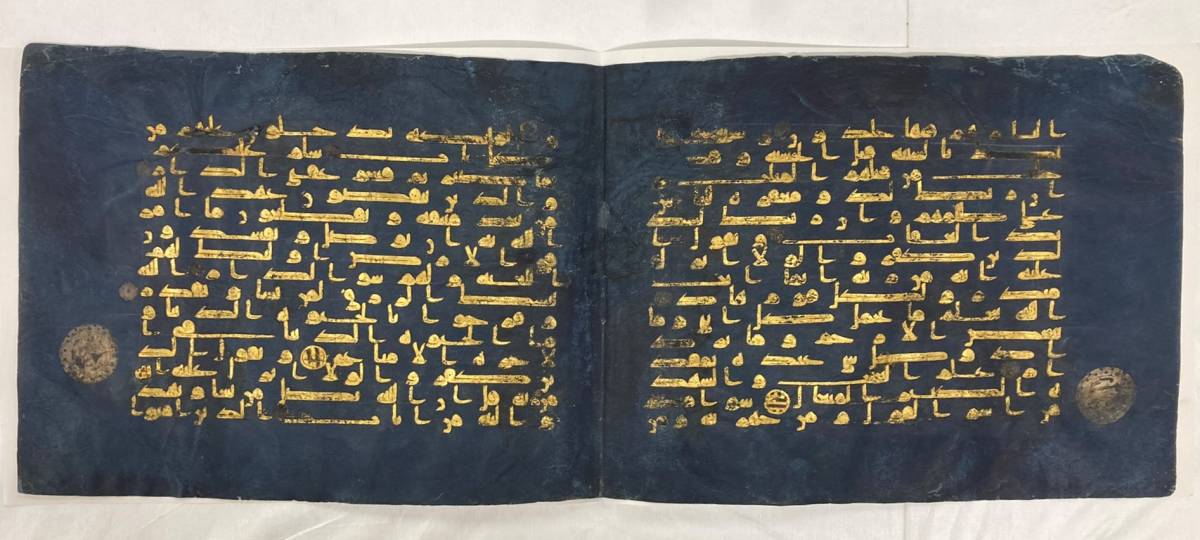
ABU DHABI: Researchers at the Zayed National Museum have uncovered concealed text beneath a gold-leaf layer on a page of the Blue Qur’an.
Using multispectral imaging, the team revealed that the text comprises verses from Surah al-Nisa’.
“This discovery highlights the meticulous artistry involved in its creation and provides new insights into ancient manuscript practices,” remarked Mai Al Mansouri, Associate Curator at Zayed National Museum.
The Blue Qur’an
The Blue Qur’an is renowned as one of the most significant manuscripts in Islamic calligraphy, notable for its striking blue pages and Kufic script in gold.
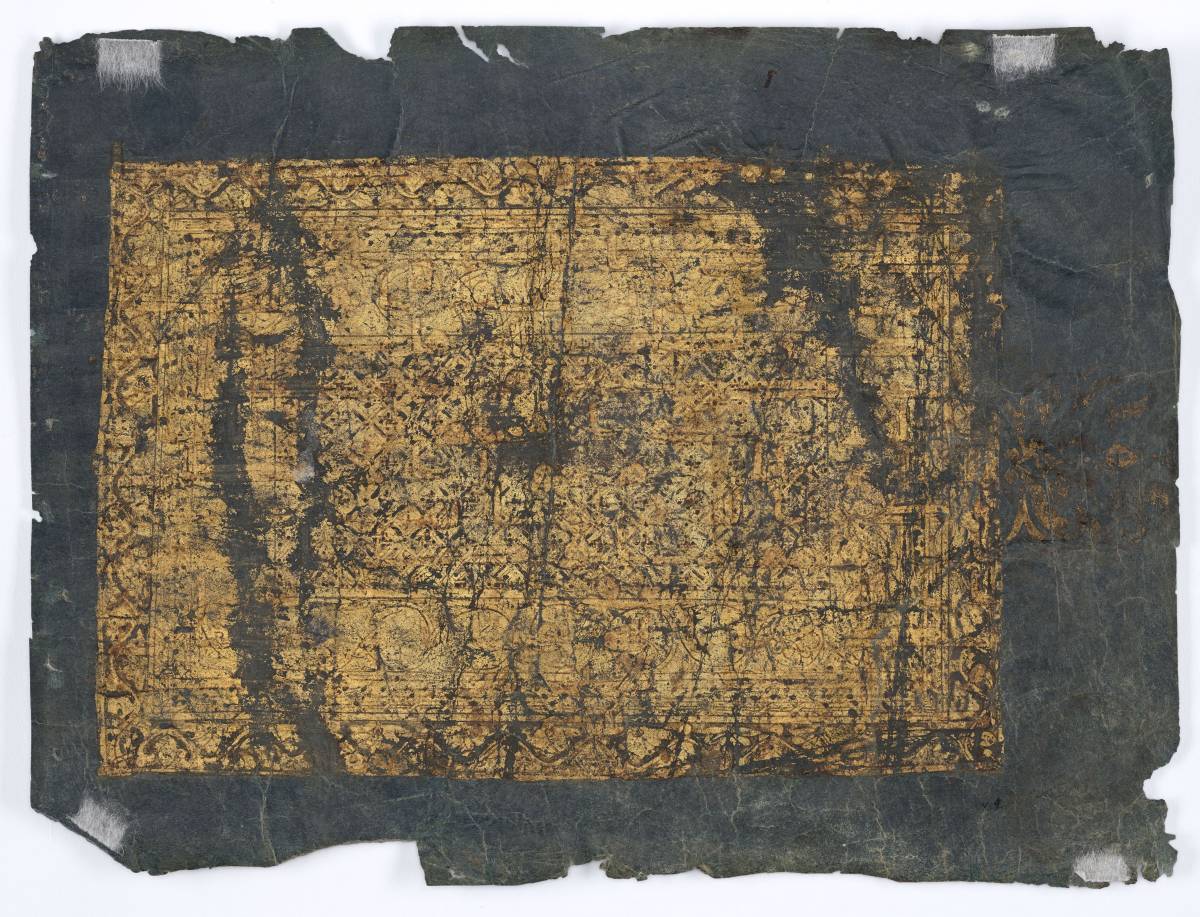
The manuscript’s origin, believed to be between 800-900 CE, has puzzled scholars for decades, with suggestions pointing to North Africa, Iraq, or Andalusia.
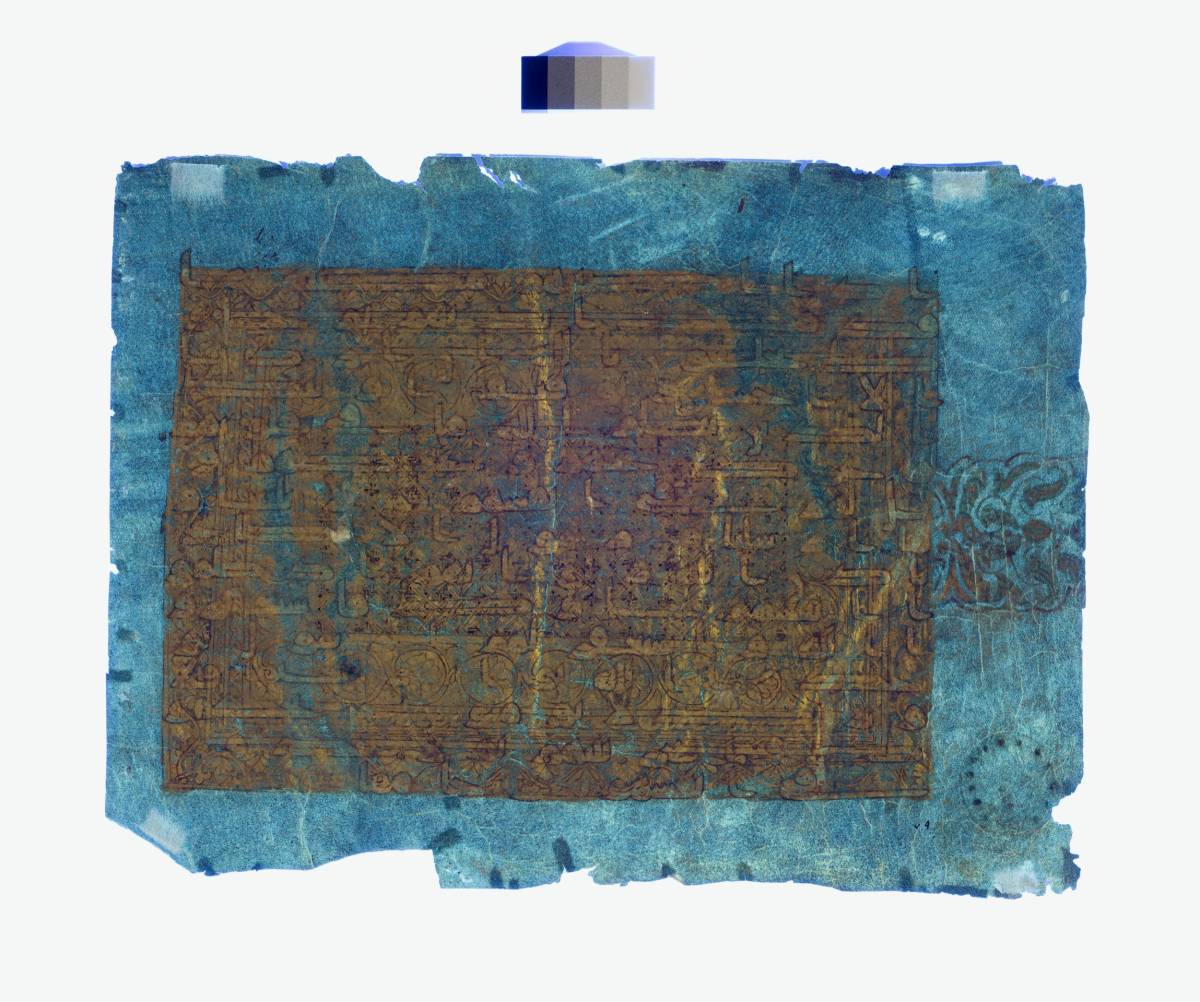
Dating back over a millennium, the Blue Qur’an originally contained 600 indigo-dyed sheepskin pages, adorned with gold Kufic calligraphy. Only about 100 pages remain, dispersed across private collections and museums worldwide.
Its Kufic script, devoid of dots and vowel markings, poses reading challenges today but exemplifies early Islamic calligraphic traditions. Five pages from this revered manuscript will feature in the Zayed National Museum’s Through Our Connections gallery.
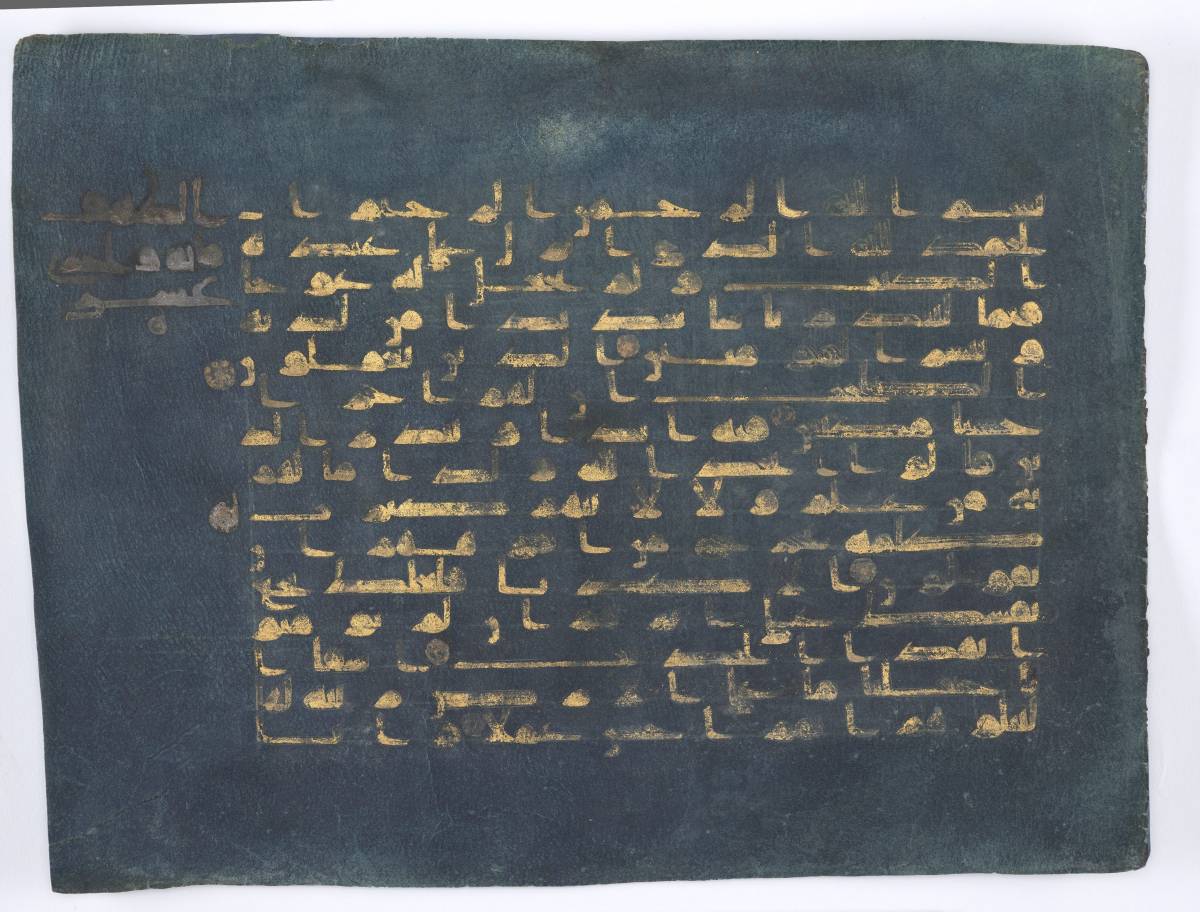
Advanced Multispectral Imaging
The hidden text was identified using multispectral imaging, a non-invasive technique that reveals faded or concealed elements.
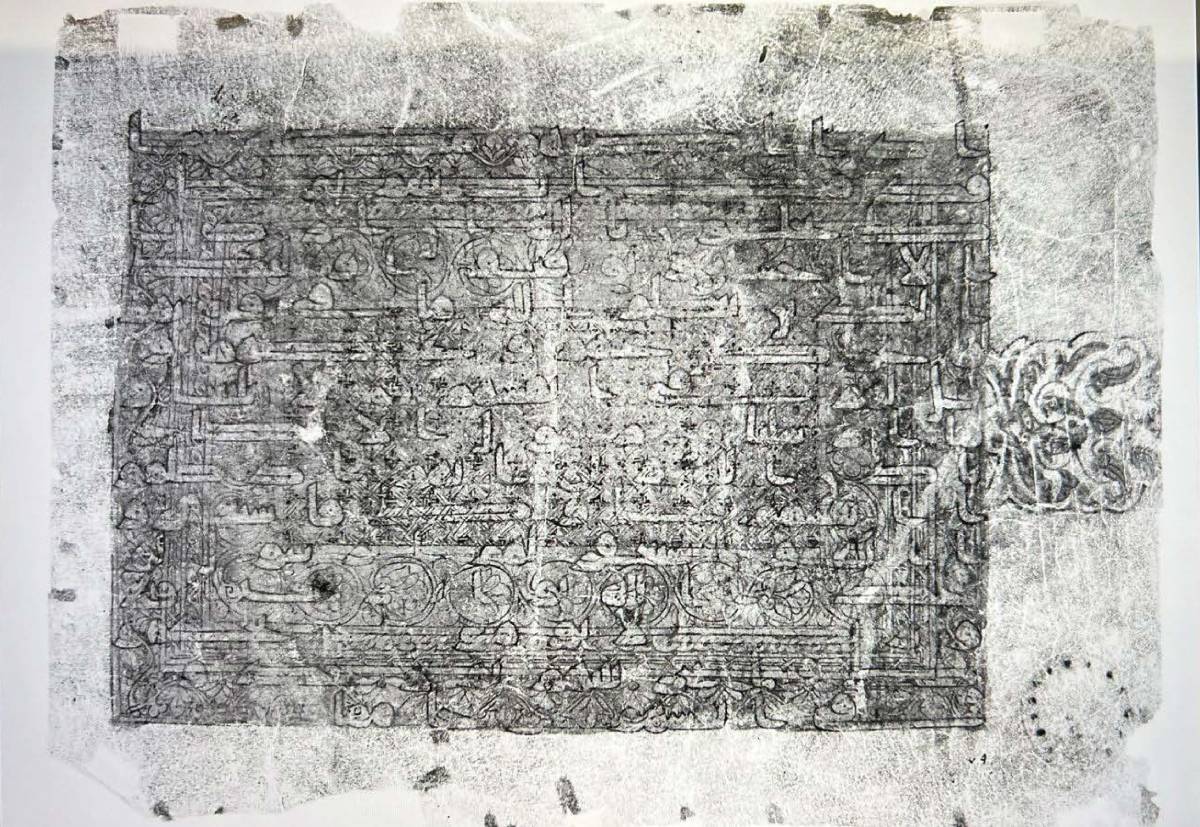
National Museum Collection.
Researchers believe the decorative gold-leaf layer served to correct a calligrapher’s duplication error during the manuscript’s creation.
Due to the immense cost of producing indigo-dyed sheepskin sheets, discarding flawed pages was not viable. Instead, artisans camouflaged errors with intricate patterns—a rare practice in Islamic manuscripts of this era.
“This research underscores the innovative methods employed by ancient artisans,” said Nurul Iman Bint Rusli, Curator at Zayed National Museum.
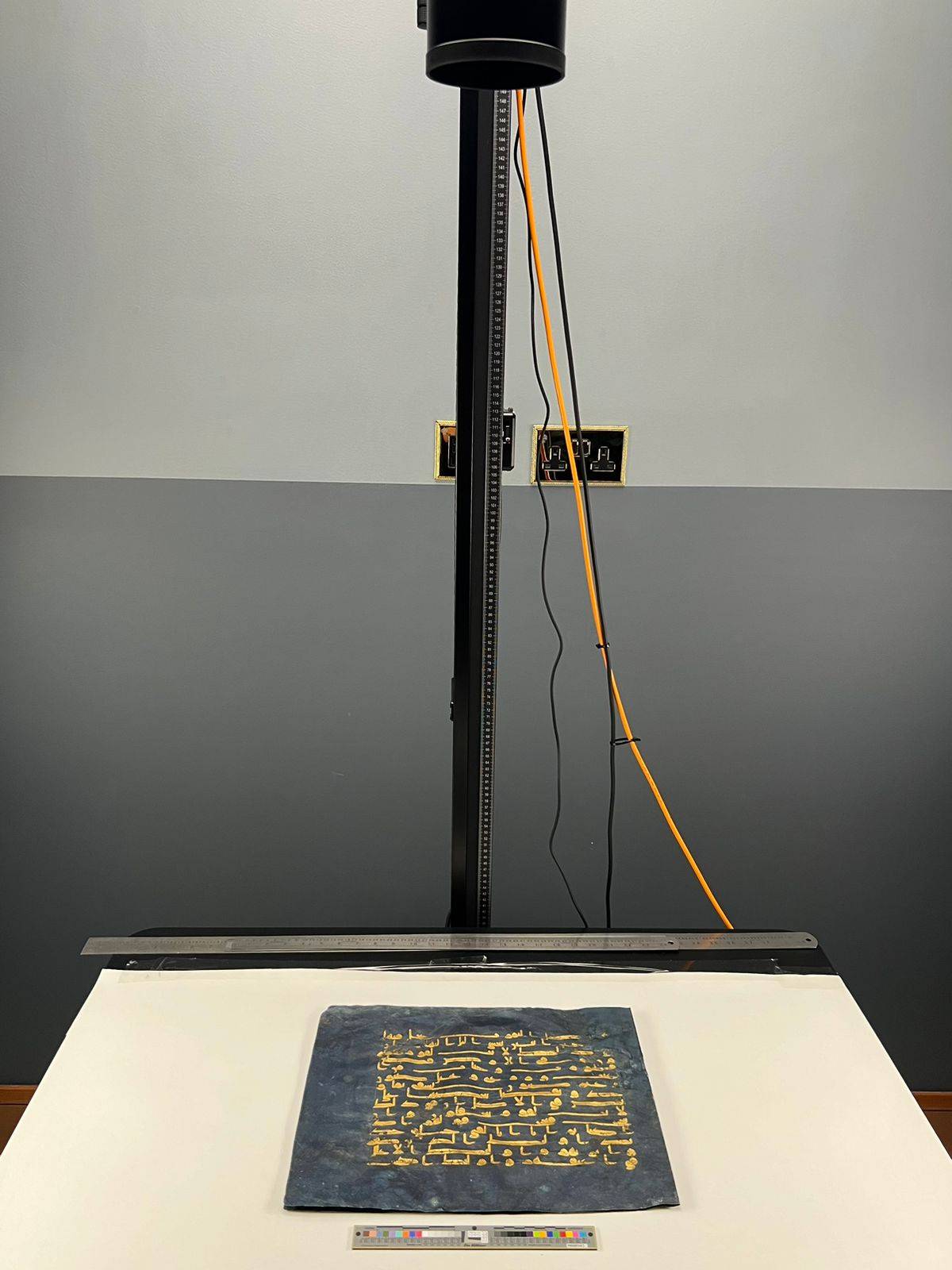
Connecting Past and Present
The page will be displayed at the Through Our Connections gallery, which explores the UAE’s historical role as a hub for cultural exchange and innovation. The gallery also examines the spread of Islam and its influence on the Arabic language.
Zayed National Museum’s research aims to illuminate the UAE’s heritage and the region’s broader cultural impact. “The discoveries our teams are making about the heritage of the UAE and the broader region are profoundly significant to understanding how ideas spread across cultures,” Al Mansouri emphasised.
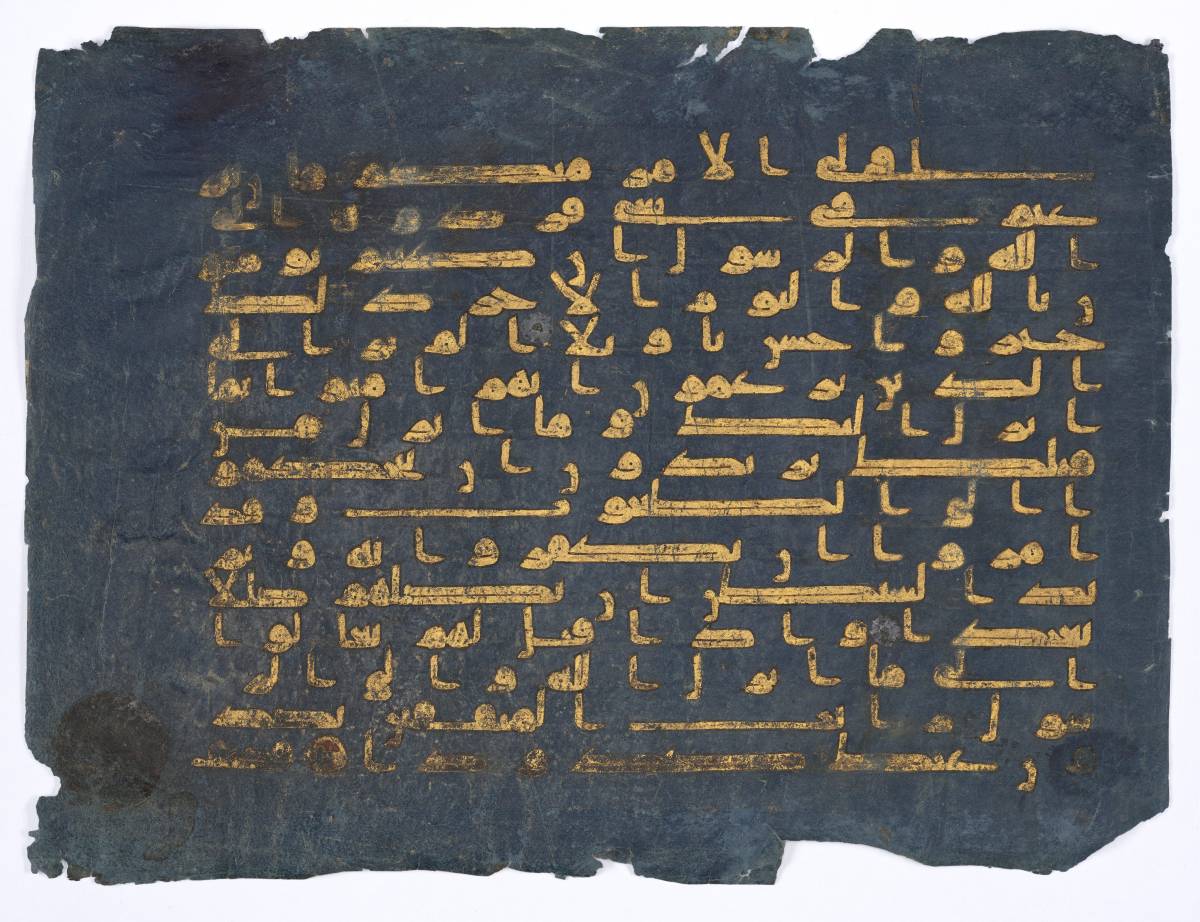
Zayed National Museum
As the UAE’s flagship cultural institution, Zayed National Museum aspires to be a global authority on the region’s history. Its research programmes foster collaborations with local and international experts, expanding understanding of the ancient and modern past.
Nurul Iman noted, “The advanced technology used to shed new light on this page of the manuscript is helping to provide additional perspectives on the production of this rare copy of the Qur’an.”
The museum’s commitment to cultural and academic excellence continues to position it as a leader in historical research and preservation.